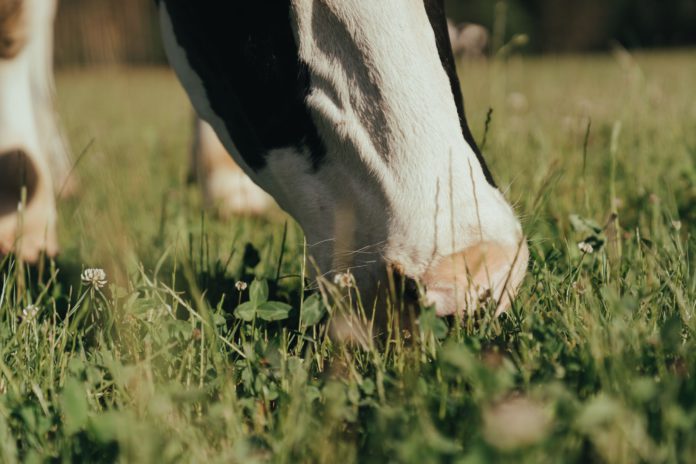Mob Grazing
A new on-farm trial aims to test if mob grazing – sometimes known as tall grass grazing – can boost forage fields while maintaining milk production and supporting nature and soil health.
The latest field lab from Innovative Farmers has seen six dairy farmers team up with researchers to test the practice on both milking cows and some youngstock and dry cows to find out if mob grazing can add value to a dairy business.
The concept, researchers say, mimics the natural grazing behaviour of wild ruminants in big herds, which intensively graze in one area and then move on.
How does mob grazing work?
As researchers explained, stock grazes on the basis that:
- 1/3 of forage is available to feed cows;
- 1/3 is trampled to feed the soil;
- 1/3 is left so the plant can regrow more rapidly.
The cows are moved on frequently to prevent overgrazing. Applying this method to grazing systems by controlling where cattle graze can allow the grass to grow up to 50% taller, they say.
This means seed heads can develop, and root structures are stronger, which boosts soil health and biodiversity.
Tracking the impact
While there is a need to maintain animal health and production, the trial also aims to test and research improvements in soil health.
It is looking at improving the balance of bacteria and fungi to increase fields’ nutrient availability.
Underpinning the trial are periodic soil samples, the farmers’ ongoing pasture assessments, and periodic forage samples – with research support from Harper Adams University, researchers say.
In addition, one farm is working with Foyle Food Group to look at growth rates of cattle, weekly calf worm counts, dung beetles and Brix measurements on the same group as this trial.
They aim to see if paddock-style grazing reduces need for wormers and if the diverse herbal seed mix is better than typical grass-clover pasture.
Unlocking potential
One hope is that tall grass grazing is not just considered for sheep or beef – where the nutrient demand may be lower.
However, researchers believe there is scope to embrace this style of grazing and its holistic approach for dairy herds, too, unlocking the full pasture growth potential on all available land.
This may not be with the milking herd but could still be achieved using dry cows or young stock, where nutritional demand is lower.
Improve soil health
Rebecca Swinn, Innovative Farmers manager, said: “Field labs are a great way to test on-farm ideas.”
“Tall-grass grazing is a practice utilised by beef and sheep farmers but less so in the dairy sector, due to the need for a consistent supply of high-quality forage in the diet.”
“This field lab will test the premise that you can successfully integrate tall-grass grazing into dairy farming as a means of improving the soil health of poorer fields.”
Sarah Morgan from Harper Adams University is among those supporting the trial.
She said that while this field lab is set to run for three years, that time span may yet prove to be too short to find “significant” changes and differences between the tall grass and control treatment.
However, she hopes to see that dairy farmers can use tall grass as a tool to improve soil health and functionality.
Other news articles on That’s Farming:





